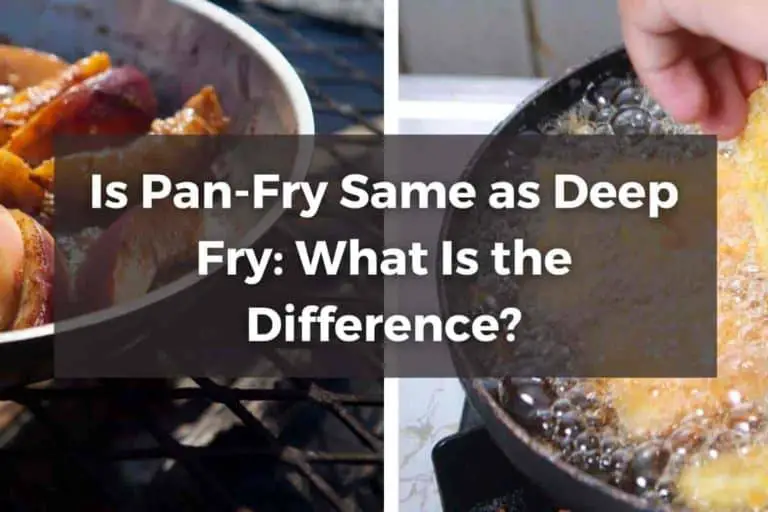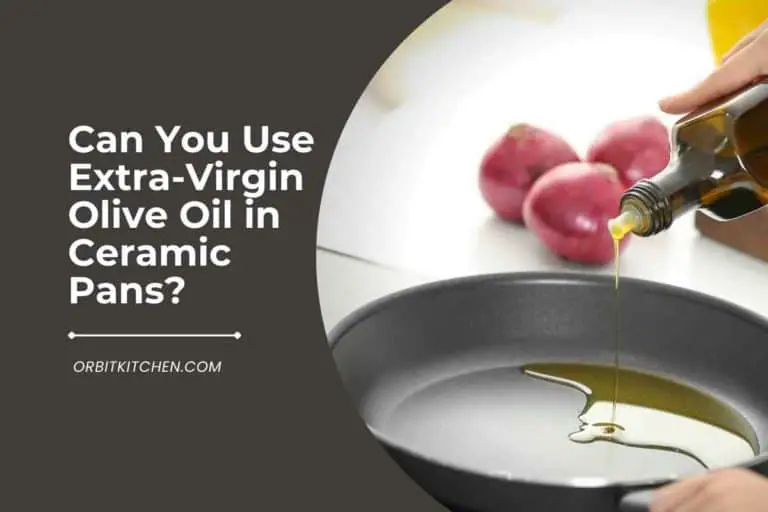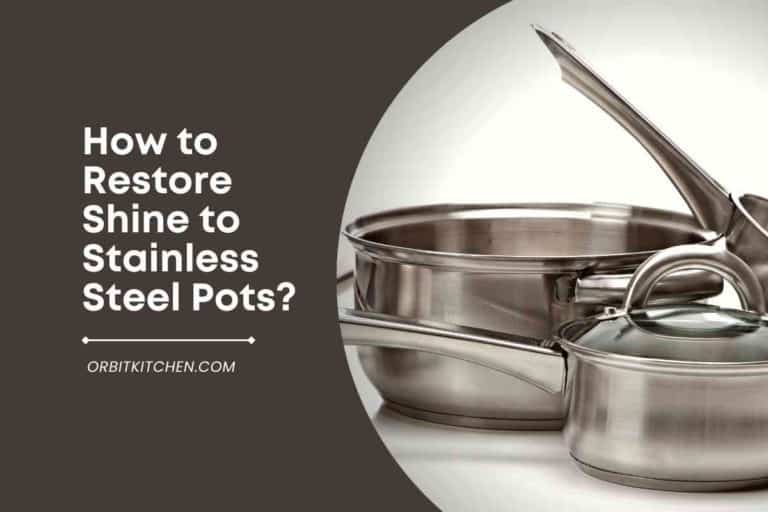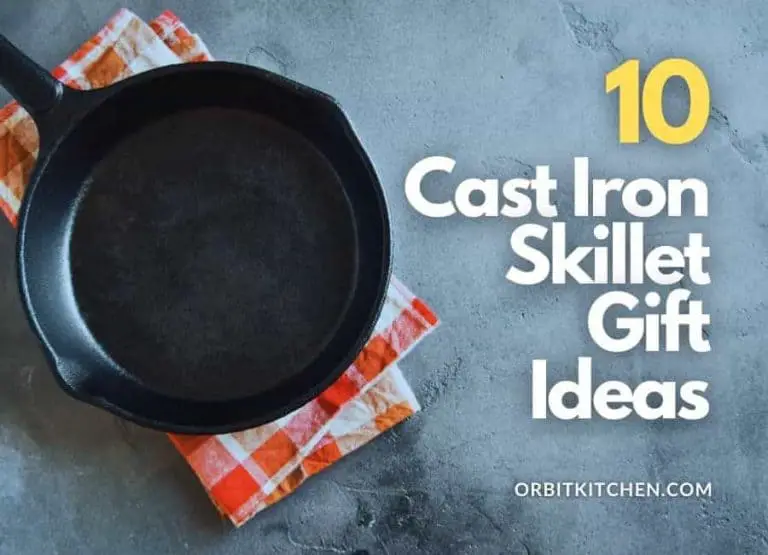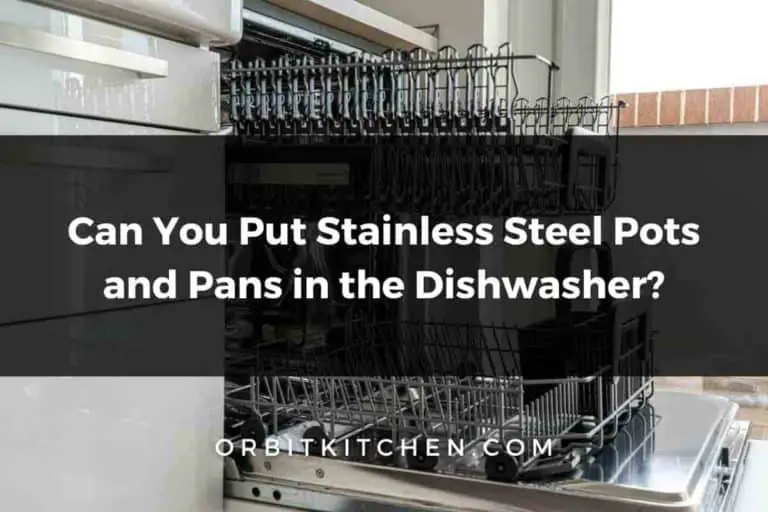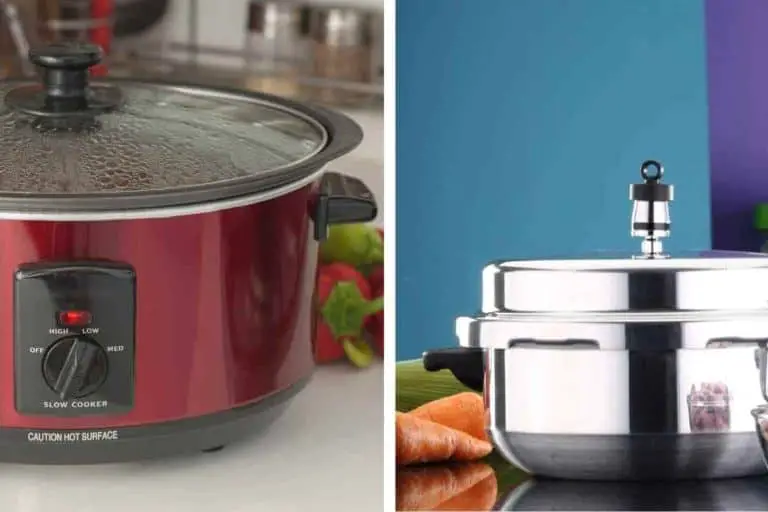Can You Use a Pressure Cooker as a Saucepan?
A pressure cooker and a saucepan might seem like two different kitchen tools, but they can actually both be used for cooking food. But which one is better for cooking certain types of foods? Keep reading to find out.
Can you use a pressure cooker as a saucepan?
A pressure cooker can be used as a saucepan without the lid. If you don’t have a saucepan, you can use a pressure cooker, but it will take more time to cook food because the pressure cooker has a thick and heavy body.
Now you got your answer, but do you know the disadvantages of using a pressure cooker as a saucepan? If you want, keep reading because I discussed some crucial elements about pressure cookers in this blog.
If you are interested in checking out the best electric pressure cooker, then you can find them on Amazon by clicking here.
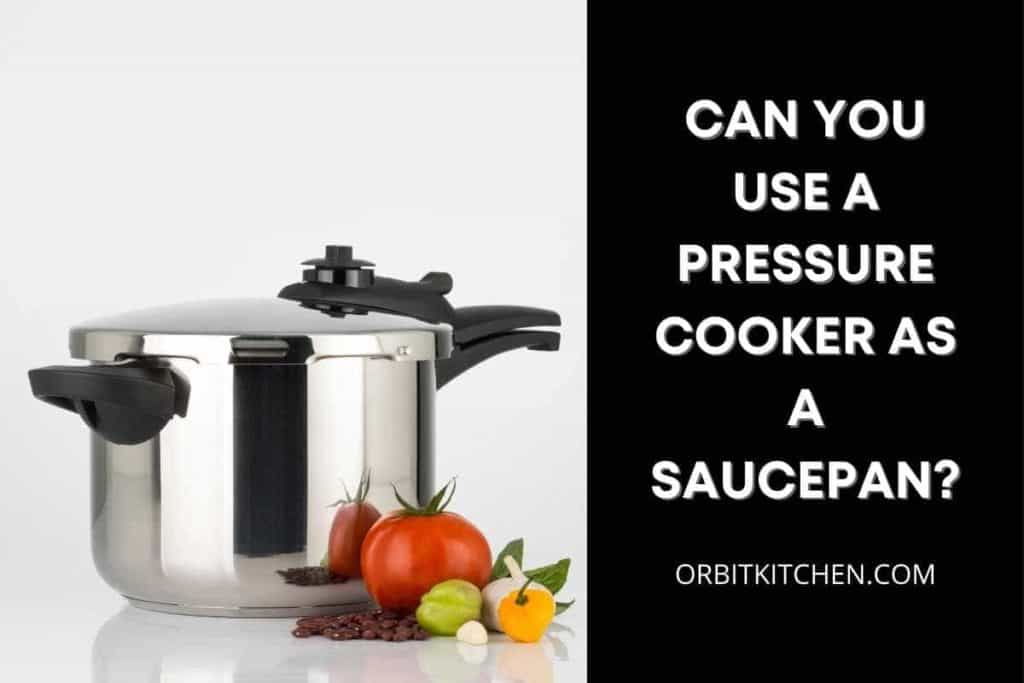
If you’re looking to buy the best cookware products, be sure to visit my Recommended Products Page (click to see my page), Which includes all of my top picks by category.
Can You Use a Pressure Cooker as a Saucepan?
The pressure cookers are not suitable to be used as a saucepan because the saucepans have a strong intent of being long and broad-bottomed. So they weaken the flavor of food as little as possible when cooking hot liquids such as soup. But pressure cookers are typically narrow-based, which restricts the boiling of steam produced from the boiled food to these narrower surfaces.
So using a pressure cooker as a saucepan can substantially affect flavors in foods with high water content or those that require very long cooking periods (e.g., dried beans). A pressure cooker as a saucepan may not be ideal for people who like to simmer and boil their foods like soup.
You can use a pressure cooker to make sauces because it cooks them faster than on the stovetop. Set the pressure cooker to high heat and let it go until the sauce is done, then, release the pressure and serve it up.
Can You Boil Things in a Pressure Cooker?
You can boil the things in a pressure cooker with the liquid. Whenever the pressure cooker is heated, a higher boiling point and greater pressure are created, which is why it takes less time for the food to boil than on other cookware. Since the water is becoming increasingly hot, much more energy is released when it boils under atmospheric pressure.
The narrow base of pressure cookers restricts the boiling of steam that is produced by boiling the food to the narrower surface. For example, if you do white rice, chicken, and potato meal in a pressure cooker, it takes about 9 minutes, whereas the stovetop would take about 30 minutes for this same dish.
Make sure you also check out our guide on what type of pressure cooker do professional chefs use, so check that out as well.
Does Water Boil Faster in a Pressure Cooker?
When the tightly sealed pressure cooker is heated, it leads to a higher boiling point and higher pressure, which is why water boils faster. As a result, much more heat is released than when the water boils at atmospheric pressure since the water becomes hotter and hotter.

If you are interested in this Hawkins CB30 Hard Anodised Pressure Cooker, feel free to check it on Amazon here.
How Long Does It Take to Boil Water in a Pressure Cooker?
It takes around 4-6 minutes to boil water in the pressure cooker. Set the pressure cooker on high pressure and set the time. Make sure you tighten the valve properly and place the lid on the top of the pressure cooker.
Can We Boil Milk in a Pressure Cooker?
The milk can be boiled in a pressure cooker, but generally, a pressure cooker can be used to either cook or preserve milk. A milk boiling pot is perfect rather than using a pressure cooker, however, if you have no other option but to use a pressure cooker to boil the milk then you can use it without the lid.
In comparison with a glass boiling pot, a pressure cooker boils milk for a longer period of time because the lid is open.
Be sure to check out our detailed guide about the purpose of using a whistle in the pressure cooker, so check that as well.
How Do You Heat Milk in a Pressure Cooker?
Put the milk in the pressure cooker and put it on the stove. Make sure it’s not too close to any other pot so the steam from the pressure cooker won’t splash over. Turn on low heat, set the heat at 180°F, wait for 4-6 minutes, then turn off the heat and let it sit for another few minutes. It is recommended that you set the temperature to medium, rather than high.
What Happens When Milk Is Boiled in a Pressure Cooker?
Heating milk in a pressure cooker will produce a thick, chalky substance. Doing so also alters milk’s natural flavors and textures. Therefore, boiled milk will have a shorter shelf life and less nutritional value than milk boiled in a milk boiling pot.
Pros and Cons of Using a Pressure Cooker as a Saucepan
Pros
- Pressure cookers require less time to make sauces and soups than conventional cooking.
- Traditional stovetop saucers and saucepans often come with glass or ceramic lids, quickly shattered if carelessly treated while hot. In contrast, pressure cooker lids are made of metal and unaffected by heat.
- They also come with many safety features that you won’t find in other saucepans. Like a well-insulated inner vessel to prevent burning, pressure regulators, release valves, and the heat setting dial are placed on the outside.
- Steam is released within the pot, which helps break down plant fibers for extra flavor.
Cons
- Pressure cooking requires much more attention than traditional simmering.
- They require constant adjustment of the burner not to let it run too high or low.
- The pressure cooker can make your liquid foods thicker if used as a saucepan.
Care Tips When using a Pressure Cooker as Saucepan
Pressure cookers are a great alternative to traditional saucepans. They can be used to prepare various foods, including sauces, stews, and soups. If you’re new to using a pressure cooker, here are some care tips to keep in mind:
- Always read the manufacturer’s instructions before using your pressure cooker.
- Never fill your pressure cooker more than two-thirds full.
- Use the correct amount of liquid when cooking foods in a pressure cooker. The liquid should cover the food by at least one inch.
- Do not place your pressure cooker on a hot burner. Be sure to use low or medium heat when cooking with a pressure cooker.
- Please do not cover the pressure cooker with a lid while cooking.
- Release the steam from the pressure cooker slowly. Never release the moisture quickly, as this could cause the pot to explode.
- If you’re not sure how to use your pressure cooker, consult your manufacturer’s instructions or an experienced cook.
- Clean the pan before adding sauce to avoid dirt getting in it.
Conclusion
After reading this post, I hope you cleared your mind from some common questions around whenever you use a pressure cooker as a saucepan never neglect safety precautions.
Don’t fill the pressure cooker above capacity as this will cause too much pressure on the cooker safety valves. Which could break if overworked and result in a very messy situation that needs both time and towels cleaned up afterward.

